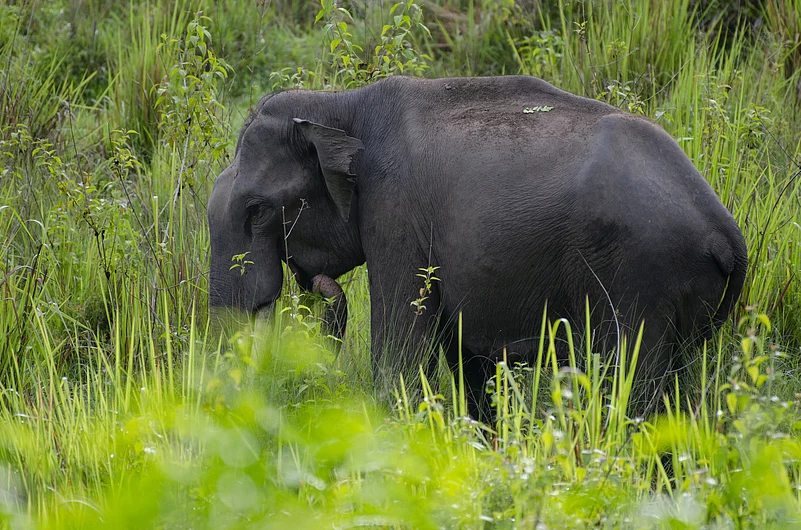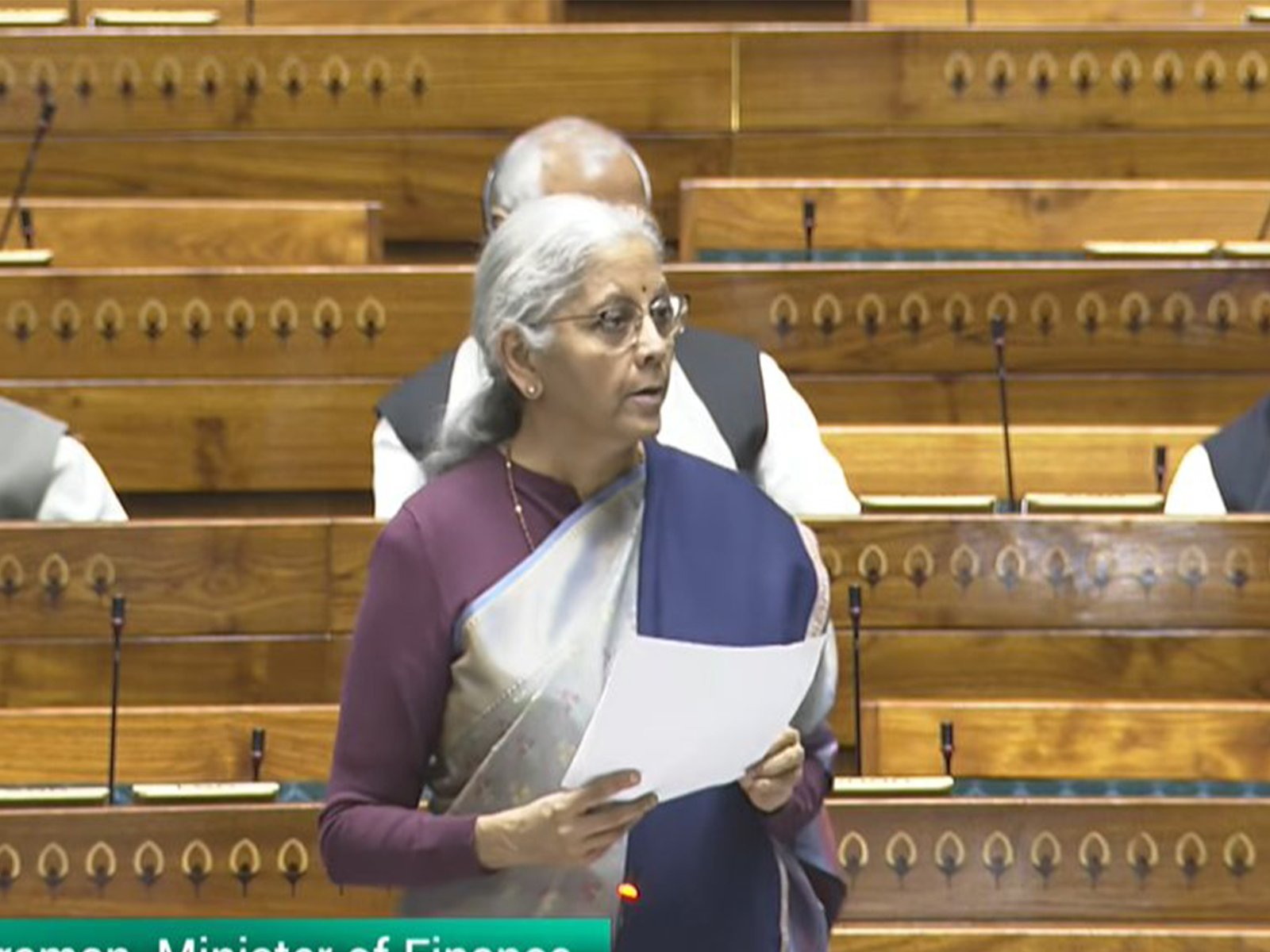Context
Kerala’s amendment to the Wildlife (Protection) Act, 1972 was driven by escalating human-wildlife conflicts, especially wild boar attacks, and prolonged inaction from the Centre in declaring them vermin, prompting the State to seek independent powers for timely intervention.
Key Features of the Amendment
- Empowerment of the State: Enables Kerala to declare a Schedule II animal as ‘vermin’, temporarily removing its protection in specific areas and time periods.
- Powers to Chief Wildlife Warden: Authorizes the Warden to kill, tranquillise, capture, or relocate animals that have severely injured humans.
- Departure from the Central Act: Unlike the Central Act where only the Union can declare vermin (Section 62), the amendment transfers this power to the State.
- Scope and limitations: While the Bill increases state autonomy, it must still adhere to conservation safeguards and constitutional checks under Article 254(2).
Related Federal and Constitutional Provisions
- Concurrent List Placement: Wildlife is in the Concurrent List, enabling both the Centre and States to frame laws on the subject.
- Article 254(2) – Presidential Assent: As Kerala’s amendment may conflict with the Central Act, it needs Presidential assent to become operative.
- Centre-State Tension: The amendment underscores Kerala’s dissatisfaction with excessive central control and its push for greater federal flexibility in addressing local ecological challenges.
Environmental Governance Implications
- Shift in governance: The amendment signals a decentralization of wildlife management from the Centre to the State.
- State role in biodiversity conservation: States gain a stronger hand in aligning wildlife management with local socio-ecological conditions.
- Need for ecological balance: Devolution must still preserve national conservation baselines and international biodiversity commitments.
Comparative Perspective
- Other Indian States: States like Himachal Pradesh and Uttarakhand have also sought vermin status for certain species but did so through the Central route.
- International parallels: Some countries practice decentralized wildlife governance, allowing local communities controlled rights for conflict management under scientific oversight.
About the Wildlife Protection Act, 1972
- Overview: Landmark Central legislation protecting wild animals, birds, plants through Schedules, protected areas, and hunting regulations.
- Centralized Control: Powers like declaring vermin, creating sanctuaries, and enforcing penalties are mainly with the Union Government, limiting state flexibility.
- Key Provisions of 1972 Act:
- Definition of Wildlife: Includes terrestrial and aquatic animals, plants, insects, fish, and vegetation forming part of habitats.
- Wildlife Advisory Boards: State-level boards advise on management of Sanctuaries and National Parks, conservation policies for wildlife and plants and harmonizing tribal/community needs with conservation goals
- Schedules of the WPA: Flora and fauna classified into six Schedules:
- Schedule I & II: Endangered species; absolute protection; highest penalties
- Schedule III & IV: Species not endangered; lesser protection
- Schedule V: Vermin species that can be hunted with license. Example: Crows, Rats.
- Schedule VI: Regulates cultivation and trade of certain plants.
- Wildlife Protection (Amendment) Act, 2021:
- CITES Implementation: Expanded protection for species under international trade regulations.
- Rationalized Schedules: Reduced from six to four for clarity and better enforcement:
- Schedule I: Species with highest protection
- Schedule II: Species with slightly lower risk but still protected
- Schedule III: Protected plants; trade and cultivation regulated to prevent depletion.
- Schedule IV: CITES-listed species under international trade restrictions.
- Regulation of Invasive Alien Species: The Central government can prohibit or control invasive species affecting native biodiversity.
- Voluntary Surrender: Captive animals and trophies can be surrendered without compensation.
Challenges and Way Forward
| Challenges | Way Forward / Solutions |
| Risk of indiscriminate or unethical culling: Transferring vermin-declaration powers could normalize lethal responses without scientific or ethical scrutiny, potentially driven by political or social pressures. | Scientific and ethical protocols: Apply data-driven thresholds, ecological assessment, and ethical review before declaring species as vermin; ensure decisions are transparent and accountable. |
| Ecological impact and biodiversity loss: Indiscriminate killing can disrupt ecosystems and threaten local biodiversity. | Non-lethal alternatives: Prioritize fencing, relocation, sterilization, habitat management, and coexistence strategies before lethal measures. |
| Legal and constitutional challenges: Amendment may face judicial scrutiny under Article 254 for repugnancy with the Central Act; courts will examine if conservation duties are preserved. | Legal alignment and safeguards: Ensure state rules comply with constitutional provisions, national conservation norms, and maintain baseline protections while exercising autonomy. |
| Implementation, monitoring, and coordination challenges: Risk of misuse, arbitrary actions, lack of scientific validation, and poor collaboration between forest departments, local bodies, and law enforcement. | Strengthen monitoring, capacity, and coordination: Establish data-driven tracking, reporting mechanisms, enforce ethical standards, and improve interdepartmental communication and training. |
| Community disengagement: Limited participation from local communities may reduce effectiveness of conflict mitigation measures. | Promote community involvement: Engage local communities in wildlife monitoring, awareness campaigns, and coexistence programs to ensure sustainable solutions. |
Conclusion
Kerala’s Wildlife (Protection) Amendment embodies both federal assertion and ecological risk. While it challenges the Centre’s bureaucratic delays in addressing human-wildlife conflicts, the State must ensure that devolution of powers does not compromise conservation duties. The key challenge is to create a model that balances federal autonomy with ecological responsibility, setting a precedent for India’s evolving environmental governance framework.
| Ensure IAS Mains Question Q. Kerala’s Wildlife (Protection) Amendment Bill, 2025 reflects a tension between federal autonomy and ecological responsibility. Critically examine the amendment’s implications for Centre-State relations, biodiversity conservation, and the decentralization of wildlife governance in India. (250 words) |
| Ensure IAS Prelims Question Q. Consider the following statements 1. The Bill allows Kerala to declare Schedule II animals as vermin in specific areas and periods. 2. Wildlife is included in the Concurrent List of the Indian Constitution. Which of the following statements regarding the Wildlife Protection (Kerala Amendment) Bill, 2025 is/are correct? a) 1 only b) 2 only c) Both 1 and 2 d) Neither 1 nor 2 Answer: c) Both 1 and 2 Explanation: Statement 1 is correct: The Kerala amendment empowers the State to locally declare Schedule II animals as vermin in defined areas and timeframes, temporarily removing legal protections. This is intended to address immediate human-wildlife conflicts, such as wild boar attacks, which the Central government has been slow to manage. Statement 2 is correct: Wildlife is included in the Concurrent List, meaning both the Centre and States can legislate on it. This allows Kerala to introduce amendments while still requiring coordination with national conservation laws and potential Presidential assent if any State law conflicts with the Central Act. |
Also Read | |
| UPSC Foundation Course | UPSC Daily Current Affairs |
| UPSC Monthly Magazine | CSAT Foundation Course |
| Free MCQs for UPSC Prelims | UPSC Test Series |
| ENSURE IAS NOTES | Our Booklist |





